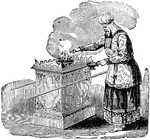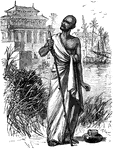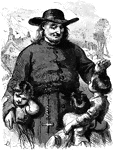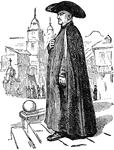Clipart tagged: ‘Priest’
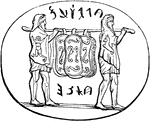
Ancilia
"According to the ancient authorities, it was made of bronze, and its form was oval, but with the two…
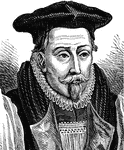
Bishop Lancelot Andrewes
Lancelot Andrewes (1555 – 25 September 1626) was an English clergyman and scholar, who held high positions…
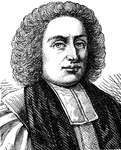
Bishop Joseph Butler
Joseph Butler (May 18, 1692 O.S. – June 16, 1752) was an English bishop, theologian, apologist, and…
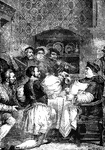
Cardinal Wolsey Served by Noblemen
When Henry VIII became king in 1509, Wolsey's affairs prospered. He became Canon of Windsor, Berkshire…

Hidalgo Castello
Hidalgo Castello was a Mexican Roman Catholic priest and revolutionary rebel leader. He is regarded…
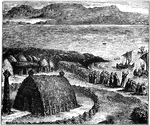
Celtic Missionaries Starting on a Voyage
Irish and Scottish missionaries were instrumental in the spread of Christianity in Anglo-Saxon England…
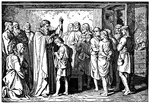
David is Anointed King by Samuel
"So Samuel took the horn of oil and anointed him in the presence of his brothers, and from that day…
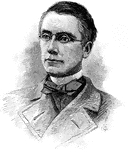
Morgan Dix
Morgan Dix (born November 1, 1827 in New York City; died April 29, 1908) was an American priest, "divine"…
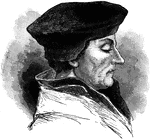
Desiderius Erasmus
A side portrait of Erasmus of Rotterdam (1466-1536). Erasmus was a Dutch Renaissance humanist, Catholic…
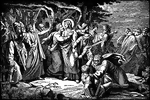
Judas Betrays Jesus and Peter Cuts Off the Ear of Malchus
"Again therefore he asked them, Whom seek ye? And they said, Jesus of Nazareth. Jesus answered, I told…

A Good Samaritan Helps a Man Who Was Attacked on the Road
"But a certain Samaritan, as he journeyed, came where he was: and when he saw him, he was moved with…
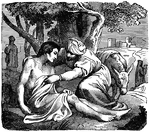
The Good Samaritan Helps an Injured Man on the Road
"But a certain Samaritan, as he journeyed, came where he was: and when he saw him, he was moved with…
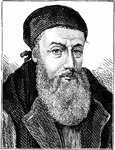
Archbishop Edmund Grindal
Edmund Grindal (c. 1519 – 6 July 1583) was an English church leader who successively held the…

Jesus Heals Ten Lepers and Only the Samaritan Returns to Give Thanks
"And when he saw them, he said unto them, Go and show yourselves unto the priests. And it came to pass,…

Bishop Reginald Heber
Having taken holy orders in 1807, he took up the family living of Hodnet in Shropshire. In 1809 he married…
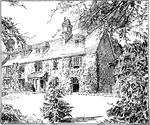
George Herbert's Rector House, Bemerton
George Herbert (April 3, 1593 – March 1, 1633) was a Welsh poet, orator and a priest. He went…

High Priest
A Jewish high priest. His main job was to look over the sanctuary and all that belonged to the sacred…

High Priest of Israel
Also known as Kohen Gadol or Kohen ha-Gadol. The High Priest of Israel could officiate sacrifices and…
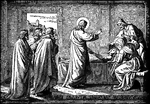
Jesus Resurrects the Daughter of Jairus, Ruler of the Synagogue
"But he, taking her by the hand, called, saying, Maiden, arise. And her spirit returned, and she rose…
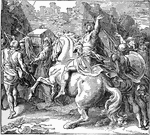
Falling of the Walls of Jericho
"And it came to pass on the seventh day, that they rose early at the dawning of the day, and compassed…
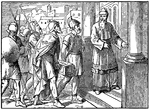
Judas Sends Twelve Thousand Drachmas of Silver to Jerusalem
"And when he had made a gathering throughout the company to the sum of two thousand drachms of silver,…
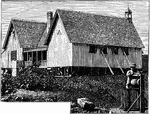
Bishop Patteson's House, Norfolk Island
John Coleridge Patteson (April 1, 1827 – September 20, 1871) was an Anglican bishop and martyr. On…
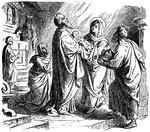
The Prophecy of Simeon at the Presentation of Jesus at the Temple
"...and Simeon blessed them, and said unto Mary his mother, Behold, this child is set for the falling…

Pulpit
A pulpit (from Latin pulpitum "scaffold", "platform", "stage") is a small elevated platform from which…
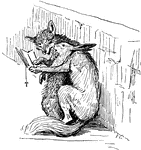
Reynard the Fox: Tricking the Hare
Reynard the Fox tricking Kyward the hare into believing he could teach him how to be a good priest.…
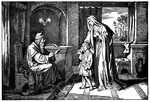
Samuel Meets Eli, the High Priest, at Shiloh
"And the child Samuel ministered unto Jehovah before Eli. And the word of Jehovah was precious in those…

Archbishop William Sancroft
William Sancroft (30 January 1617 – 24 November 1693), was the 79th archbishop of Canterbury. He became…
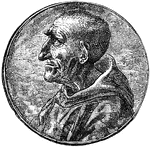
Savonarola
An Italian Dominican priest of Florence, Italy. He is best known for his acts of book burning.
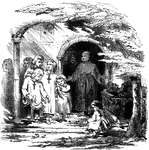
Church Scene
A church scene with the priest standing in the doorway with a group of children in robes.
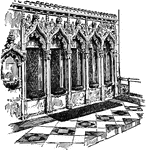
Sedilia
The sedilia in Southwell Minster, England. In church architecture, a sedile is a seat near the altar…
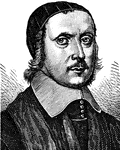
Bishop Jeremy Taylor
Jeremy Taylor (1613 – 13 August 1667) was a clergyman in the Church of England who achieved fame…
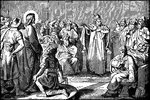
Jesus Appears Before Caiaphas, the High Priest
"Then the high priest rent his garments, saying, He hath spoken blasphemy: what further need have we…
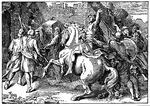
The Walls of Jericho Fall and the Israelites Enter the Promised Land
"So the people shouted, and the priests blew the trumpets; and it came to pass, when the people heard…
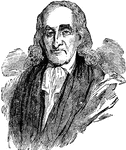
William White
The Most Reverend William White (April 4, 1748 N.S. – July 17, 1836) was the first and fourth…
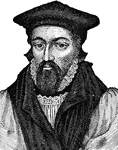
Archbishop John Whitgift
John Whitgift (c. 1530 – February 29, 1604) was Archbishop of Canterbury from 1583 to his death. Noted…

Bishop Thomas Wilson
Thomas Wilson (20 December 1663 – 7 March 1755) was Anglican Bishop of Sodor and Man between 1697…
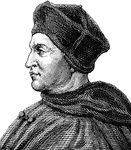
Thomas Cardinal Wolsey
Thomas Cardinal Wolsey (c.1470~1471 – November 28 or November 29, 1530), who was born in Ipswich,…
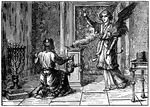
Zacharias is Told by an Angel that His Wife Will Have a Son, John the Baptist
"And there appeared unto him an angel of the Lord standing on the right side of altar of incense. And…
